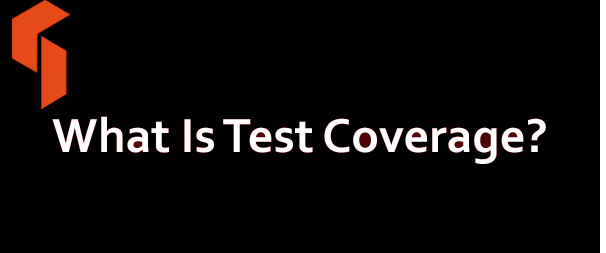Test coverage measures the amount of testing performed by a set of test. Wherever we can count things and can tell whether or not each of those things has been tested by some test, then we can measure coverage and is known as test coverage.
The basic coverage measure is where the ‘coverage item’ is whatever we have been able to count and see whether a test has exercised or used this item.
There is danger in using a coverage measure. But, 100% coverage does not mean 100% tested. Coverage techniques measure only one dimension of a multi-dimensional concept. Two different test cases may achieve exactly the same coverage but the input data of one may find an error that the input data of the other doesn’t.
There are many different types of coverages which we will look at in detail, in subsequent topic, some of them are:
Benefit of code coverage measurement:
- It creates additional test cases to increase coverage
- It helps in finding areas of a program not exercised by a set of test cases
- It helps in determining a quantitative measure of code coverage, which indirectly measure the quality of the application or product.
Drawback of code coverage measurement:
- One drawback of code coverage measurement is that it measures coverage of what has been written, i.e. the code itself; it cannot say anything about the software that has not been written.
- If a specified function has not been implemented or a function was omitted from the specification, then structure-based techniques cannot say anything about them it only looks at a structure which is already there.
Other popular articles:
- Where to apply this test coverage in software testing?
- What are the types of coverage?
- What is Coverage measurement tools in software testing?
- What is Statement coverage? Advantages and disadvantages
- What are the different types of software testing tools?

n_tewari says
Line coverage reports on the execution footprint of testing in terms of which lines of code were executed to complete the test.